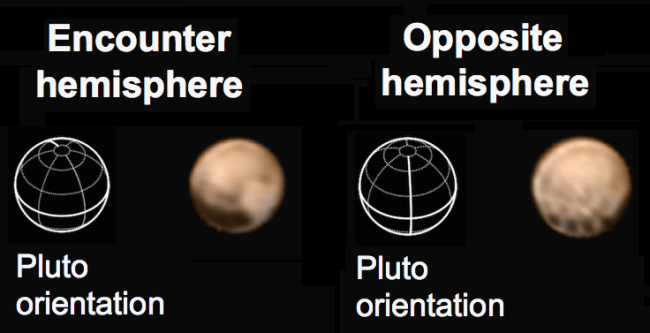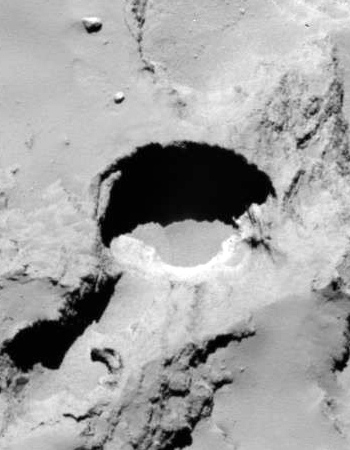Rocket Labs picks New Zealand for its launch site
The competition heats up: The small sat rocket company Rocket Labs has chosen a location in New Zealand as its future launch site.
Rocket Lab’s all-black Electron booster offers launch for less than $5 million. The company, whose investors include Lockheed Martin, is targeting clients such as university programs and small start-ups, Beck said, and it already has 30 potential clients.
The company didn’t specify how much it was investing in the site, which is due to be completed in the fourth quarter. New Zealand, which has been used in the past by the National Aeronautical and Space Administration, is considered a prime location because rockets launched from that deep in the Southern hemisphere can reach a wide range of Earth orbits. Rocket Lab’s remote site on the Kaitorete Spit in the Canterbury region also means it has less air and sea traffic, which translates into more frequent launches and economies of scale, the company said. It also will no longer compete for airspace with the U.S. government.
Rocket Labs will have to actually launch something to really make the competition heat up. This announcement, however, illustrates that in the long run, the United States has some significant disadvantages as a spaceport location.
The competition heats up: The small sat rocket company Rocket Labs has chosen a location in New Zealand as its future launch site.
Rocket Lab’s all-black Electron booster offers launch for less than $5 million. The company, whose investors include Lockheed Martin, is targeting clients such as university programs and small start-ups, Beck said, and it already has 30 potential clients.
The company didn’t specify how much it was investing in the site, which is due to be completed in the fourth quarter. New Zealand, which has been used in the past by the National Aeronautical and Space Administration, is considered a prime location because rockets launched from that deep in the Southern hemisphere can reach a wide range of Earth orbits. Rocket Lab’s remote site on the Kaitorete Spit in the Canterbury region also means it has less air and sea traffic, which translates into more frequent launches and economies of scale, the company said. It also will no longer compete for airspace with the U.S. government.
Rocket Labs will have to actually launch something to really make the competition heat up. This announcement, however, illustrates that in the long run, the United States has some significant disadvantages as a spaceport location.




